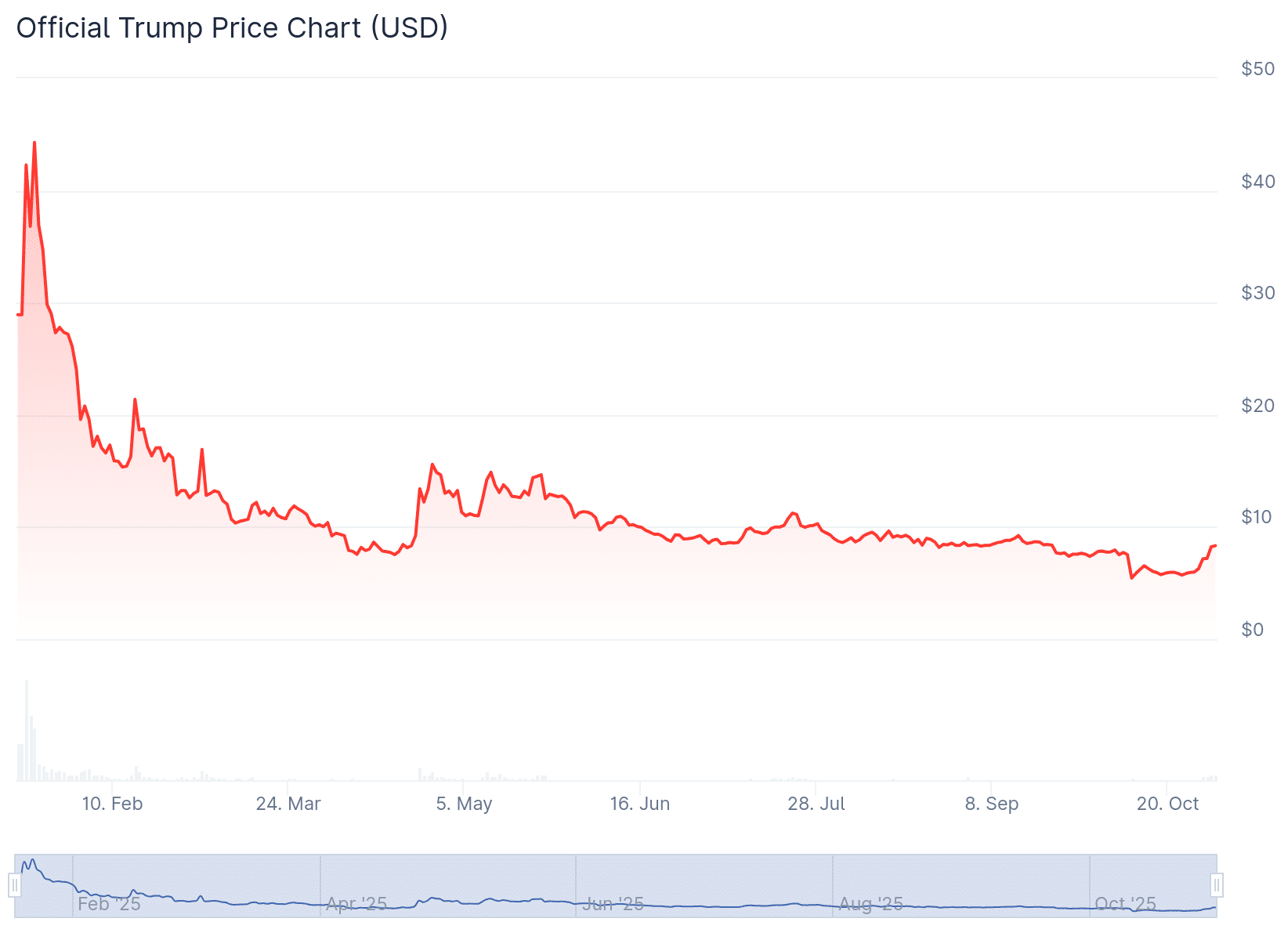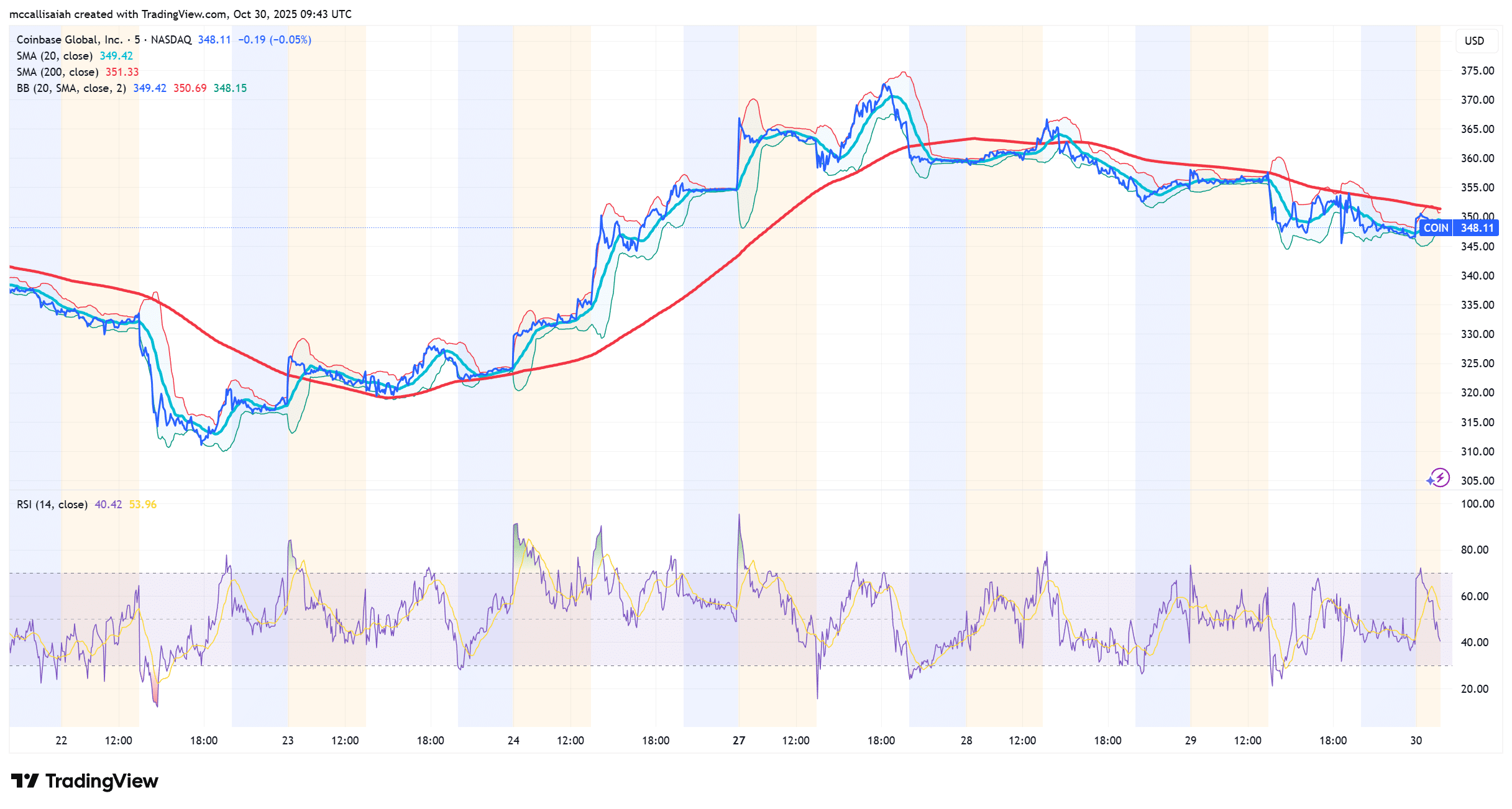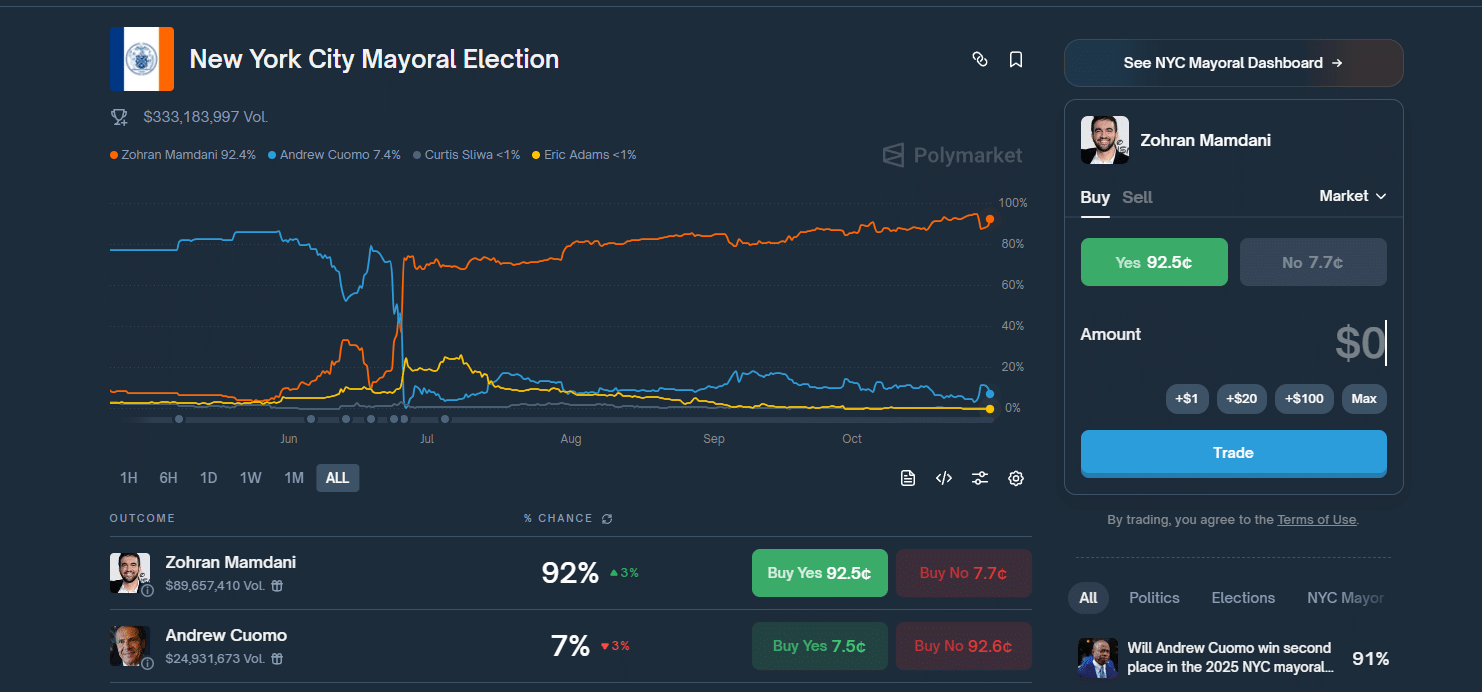Ukrainian Drones Patrol A 16-Mile Kill Zone. ‘If You Simply Drive On Any Roads, You Risk Your Life,’ One Russian Blogger Warned.
The post Ukrainian Drones Patrol A 16-Mile Kill Zone. ‘If You Simply Drive On Any Roads, You Risk Your Life,’ One Russian Blogger Warned. appeared on BitcoinEthereumNews.com. Ukrainian surveillance drones. 14th UAS Regiment photo Deploying millions of small explosive drones every month, Ukrainian forces have created a kill zone extending 16 miles behind the front line of Russia’s wider war on Ukraine. Relentlessly striking troop formations, artillery, air-defense vehicles and—perhaps most importantly, supply lines—the drones have made life along the front line a nightmare for Russian troops. “If you simply drive on any roads, you risk your life,” one Russian blogger wrote. “In principle, this has been the case for a year, since the spring of 2024, but now the frequency of attacks is much higher for the enemy.” Ukrainian forces turned to small drones during the worst months of the prolonged ammunition shortage in early 2024. Now, a network of workshops all over Ukraine churns out more than 2 million small first-person-view drones—each weighing a few pounds and clutching a small warhead—every month. The developers are constantly improving the drones with better warheads and jam-resistant controls, among other innovations. In the 39th month of Russia’s wider war, the unmanned aerial vehicles now form a complex and constantly evolving system—one that has managed to stay ahead of Russian efforts to defeat it with armor, nets, shotguns and radio jammers. “They fly in flocks,” the blogger explained, “with preliminary reconnaissance from aircraft-type UAVs.” Bomber drones lobbing small explosives back up the single-use explosive FPVs. And repeater drones, which capture and relay radio signals, extend the range of the smallest drones from just a few miles to 10 or more. The Russians deploy millions of drones every month, too, but Ukrainian jamming is generally superior—and can ground many radio-controlled drones. Fiber-optic drones, controlled via signals traveling along miles-long fibers, are more difficult to defeat. But fiber-optic drones are expensive, costing thousands of dollars apiece, compared to just hundreds of…

The post Ukrainian Drones Patrol A 16-Mile Kill Zone. ‘If You Simply Drive On Any Roads, You Risk Your Life,’ One Russian Blogger Warned. appeared on BitcoinEthereumNews.com.
Ukrainian surveillance drones. 14th UAS Regiment photo Deploying millions of small explosive drones every month, Ukrainian forces have created a kill zone extending 16 miles behind the front line of Russia’s wider war on Ukraine. Relentlessly striking troop formations, artillery, air-defense vehicles and—perhaps most importantly, supply lines—the drones have made life along the front line a nightmare for Russian troops. “If you simply drive on any roads, you risk your life,” one Russian blogger wrote. “In principle, this has been the case for a year, since the spring of 2024, but now the frequency of attacks is much higher for the enemy.” Ukrainian forces turned to small drones during the worst months of the prolonged ammunition shortage in early 2024. Now, a network of workshops all over Ukraine churns out more than 2 million small first-person-view drones—each weighing a few pounds and clutching a small warhead—every month. The developers are constantly improving the drones with better warheads and jam-resistant controls, among other innovations. In the 39th month of Russia’s wider war, the unmanned aerial vehicles now form a complex and constantly evolving system—one that has managed to stay ahead of Russian efforts to defeat it with armor, nets, shotguns and radio jammers. “They fly in flocks,” the blogger explained, “with preliminary reconnaissance from aircraft-type UAVs.” Bomber drones lobbing small explosives back up the single-use explosive FPVs. And repeater drones, which capture and relay radio signals, extend the range of the smallest drones from just a few miles to 10 or more. The Russians deploy millions of drones every month, too, but Ukrainian jamming is generally superior—and can ground many radio-controlled drones. Fiber-optic drones, controlled via signals traveling along miles-long fibers, are more difficult to defeat. But fiber-optic drones are expensive, costing thousands of dollars apiece, compared to just hundreds of…
What's Your Reaction?










































